As we reported earlier this week, Openlife is a promising new alternative grid to Second Life. Its founder, Sakai Openlife (RL: Steve Sima) is based in Brisbane and we caught up with him via Openlife’s Live Chat for a discussion on everything Openlife.
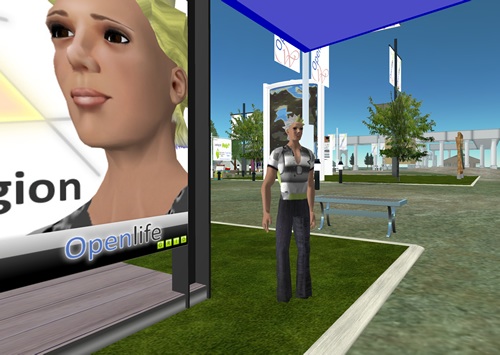
Lowell: Sakai – Openlife came out of the blue for me but it’s obviously been a labour of love for you – can you give a potted history of how Openlife came to be?
Sakai: Sure, we kicked things off approximately four months ago and clearly had to do a lot of work to understand a workable solid method to approach it. Number one has always been and will be the Users. So with this in mind it has been quite a colourful ride trying to foster the community together and maintain the best user experience we can with the code available.
Lowell: what made you start this huge undertaking?
Sakai: Well, I’ve had a passion for 3D interactive platforms for ages and my background is IT infrastructure. So to provide a solid platform being feature rich and extensive for different uses is most certainly up my alley. After following the OpenSimulator project for a while I took the decision to make the plunge and start treading the water with the OpenSim Application Platform – Second Life had some big drawbacks for me.
Lowell: I’m assuming you’ve used Second Life extensively prior to this project? What was it about Second Life in particular that you wanted to improve on?
Sakai: Some towards content creation and development of content and some towards the user experience. Second Life itself I see has been hugely popular with its social interaction and it’s a great environment to see this in action. They have been pioneers in this area for years but to have an open source platform where as a company you could develop very feature rich immersive environments and provide them to users is something that Second Life falls short on in my opinion, but the potential for this to happen with the Openlife Grid & OpenSimulator Codebase is very much a possibility.
Lowell: What areas do you specifically see Openlife having advantages in?
Sakai: One thing we are keen to see in the near future is the ability to content create and develop a region on your local environment ie. home PC or workplace network then export that entirely to a published region existing in the Openlife Grid.
Lowell: So, fully offline region-wide content creation?
Sakai: Correct, exciting isn’t it. This can bring in the quality of in-world environments to a whole new level.
Lowell: I can see that would get a lot of people excited – is that option close?
Sakai: Yes it is close, currently we can take the terrain and prims created. Clearly there are other things to bring over such as textures, scripts etc.
Lowell: So for the sake of the potential new user – is Openlife in beta at present or a fully functioning option?
Sakai: No it is not a fully functioning option at the moment. We work closely with, and implement the Opensimulator source code which in itself is only recently version 0.5. However, community interaction and involvement in the Openlife Grid is important as the code moves forward.
Lowell: So is there a roadmap and/or timeline for OpenSimulator and subsequently a fully functional Openlife?
Sakai: With the source code being a community project ‘exact’ timelines can be difficult to adhere to. However, the OpenlifeGrid is at the tip of releasing the Foundation Resident Event, enabling Openlife users to have their own region in-world. The other side of this is that it will help full-time developers to work on the code on a professional level. Naturally, this work is in conjunction with the OpenSimulator effort and is released back to the community.
Lowell: So in regard to Openlife specifically – how many are involved in its development?
Sakai: We currently have two people including myself, but receive invaluable contributions from the Openlife community, making the Openlife Grid very much a community effort.
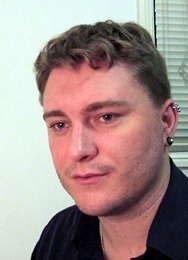
Lowell: And can you tell me a little about yourself? You’re based in Brisbane?
Sakai: Yes, sunny (but raining a lot lately) Brisvegas. I have a strong history of IT, and a passion for pioneering new technologies.
LLowell: Do you run your own business or are you from the academic side of the IT fence?
Sakai: I do run my own company. But it should be mentioned in regard to the Openlife Grid that there is some university involvement and it’s very much welcomed.
Lowell: Are you able to discuss which universities are involved?
Sakai: Hmm, good Question. I think it may be best that we give them the opportunity to express any involvement through the site, and their own sites.
Lowell: On interoperability – Linden Lab’s release of the SL code has helped get things where they are today but do you have any ongoing communication with Linden Lab in regard to your work?
Sakai: Personally I have only recently had some conversations with Linden Labs at a Finland event in relation to the Openlife Grid. But we are not ‘Anti-Linden’
Lowell: And were they receptive to the work you’re doing?
Sakai: Yes, I believe Linden labs has been fairly receptive of the Openlife Grid and also the OpenSimulator Project. There are even Lindens in the Openlife Grid as
users.
Lowell: So what are your plans over the coming weeks? I’m assuming more sleep isn’t part of it.
Sakai: Wow, sleep I almost forgot that thing. Since we started we have steadily grown to around 6000 users as at a week ago. I’ve been working on this new website which is still being implemented (but online) with the aim to foster and grow the community. But in the weekend past we saw the number of users jump to (as of a few hours ago) 10,000 users.
Lowell: So as of now, what can a new user do in Openlife?
Sakai: Hmm… really it’s a very free environment limited only by the features of the current code level. But there are the natural ones similar to Second Life -meeting new people, making friends, getting involved with Openlife Communities. Building your own creations, and as of tommorrow owning your own regions.
Lowell: So people can log in now and intereact as they would in SL?
Sakai: Correct. You can login with the existing Second Life viewer and interact very much the same as Second Life, with the only limitations being the features that exist in the current code level.
Lowell: Ahhh ok, that was my next question. So there’s no need to download a different viewer?
Sakai: A different viewer is not necessary just a change to the shortcut or you can use a little program on our website to redirect your viewer to the Openlife grid. However, on an exciting note, an alternative viewer will be available very soon. That is in development by the RealXtend team.
Lowell: So if you had to sum up in a sentence or two why people should sign up to the Openlife community, what would you say?
Sakai: Wow, it’s really hard to sum up so short with such a wide community involved. Joining the Openlife Grid community is a chance to be involved in a pioneering new platform where your suggestions and ideas are very welcome, your feedback is important, and your participation is valued. Currently we are playing catch up to the number of new users, however since you can decide your own name, if you are a current SL user it’s a good idea to at least register to follow the news and secure your Second Life name in the Openlife Grid.
Lowell: Most people will want some key aspect to convince them to make the effort to experiment with a new platform – do you see superior community support as that key aspect?
Sakai: Absolutely – a lot of work has been going into the new site, to bring communities together including blogs for community regions, live online chat rooms for when you can’t be in world (like at work – ooops!). Foundation Residents have regions in-world and they also recieve a blog for their region to help bring the users together. Whilst blogs are not everything, there are also ‘Community Regions’ in-world. These are free to participate in and are provided free to the community.
Lowell: Is Openlife looking for venture capital in the future?
Sakai: The Openlife Grid is new territory and clearly funding would accelerate the efforts, however it must be noted we would not take on funding at the expense of the user or the future goals of the Openlifegrid. So in short it’s welcome if the funding can match the desires of the community.
Lowell: Do you have a proposed pricing structure for users when Openlife is fully functional?
Sakai: At this time we do not. It is important to note there are key differentiators between the way the Openlife works and Second Life. Linden Lab provides all the land (servers) and so has a monopoly on land (resources) to an effect.
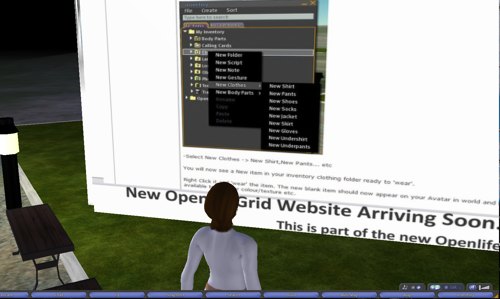
Lowell: Whereas people can supply their own servers in Openlife?
Sakai: Openlife is moving towards a ‘provider’ path where ISPs and Web Hosts would also be able to provide resources. So as a user or company, having your own presence or land in-world could be purchased from many providers, reducing the cost and keeping it affordable for all.
Lowell: I’m assuming users could purchase land from you if they don’t want to provide their own server?
Sakai: Currently we don’t support external user connections, as we have stability and security to be concerned with in order to bring the best user experience.
The Foundation Resident is the first opportunity for Openlife residents to own a region in-world.
Lowell: So to clarify – people will eventually be able to host their own region or buy a region from Openlife
Sakai: Eventually that is one of the aims. But it will be gradual process as the code develops. The Foundation Resident is only a limited release of regions. They have no ‘purchase’ price, only a monthly fee. When we reach the limit of the Foundation Resident regions we will evaluate the next steps.
Lowell: Well I think that pretty well sums it up Sakai – thanks for taking the time.
For instructions on connecting to Openlife using your Second Life viewer, go here.
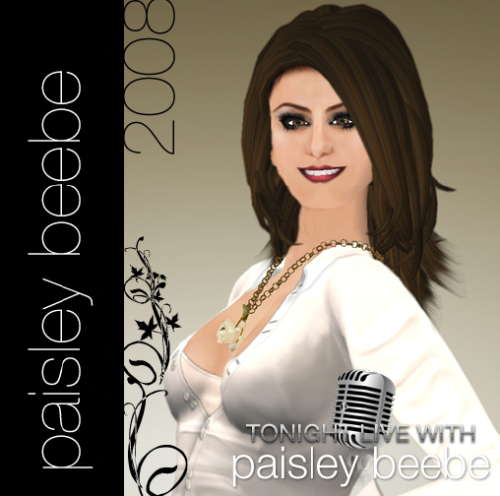
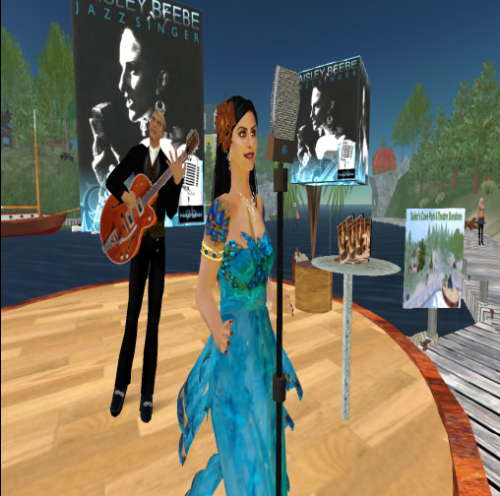

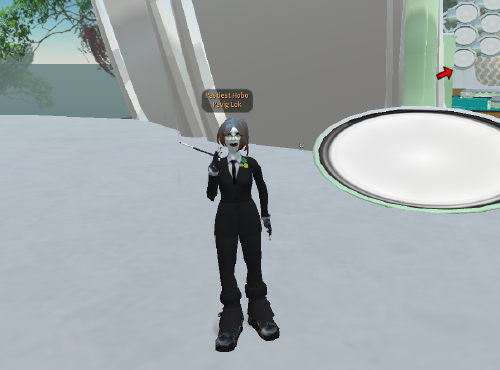
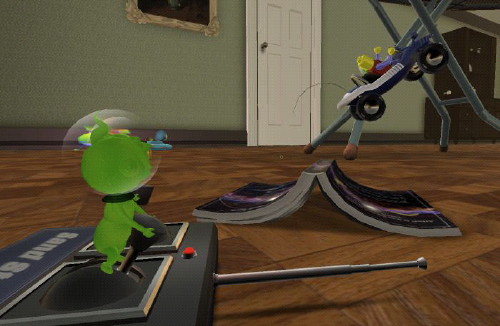
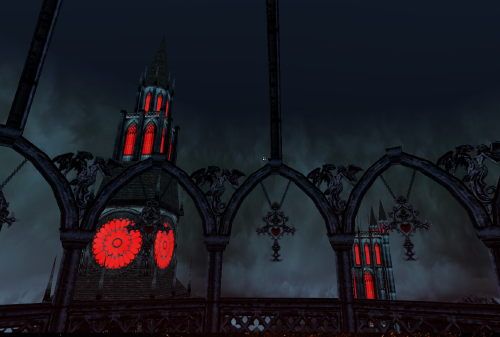
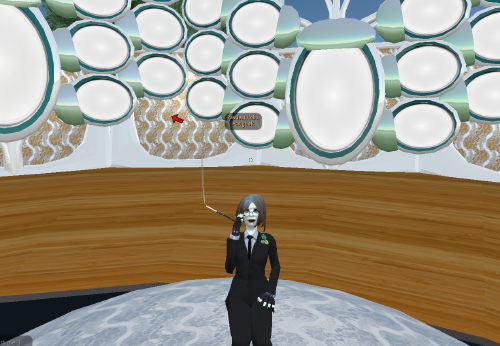
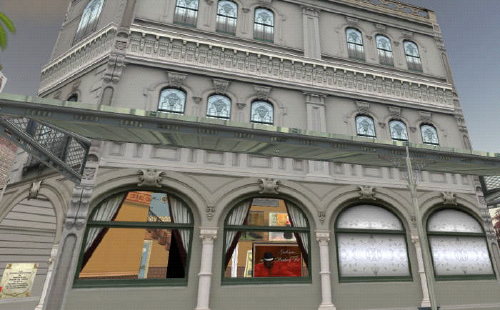
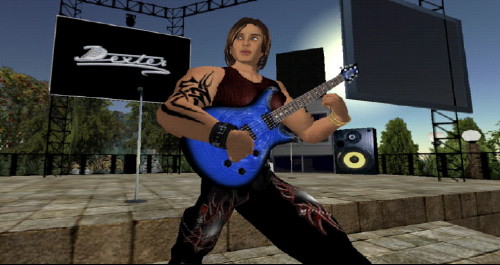

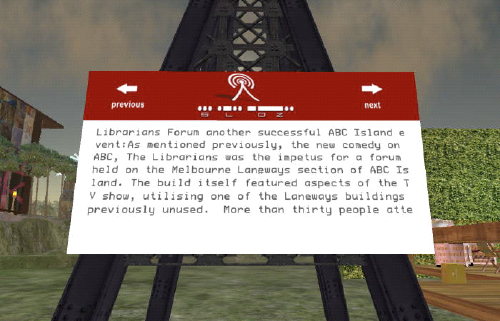
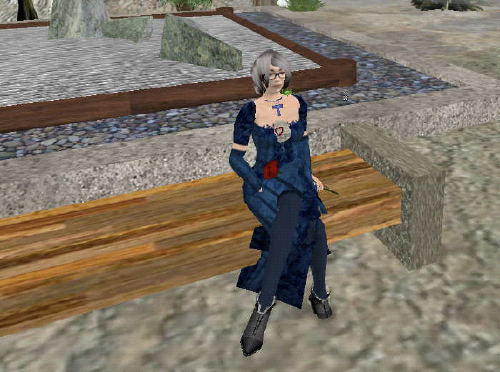
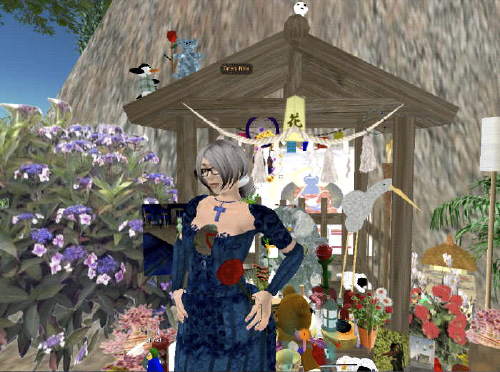
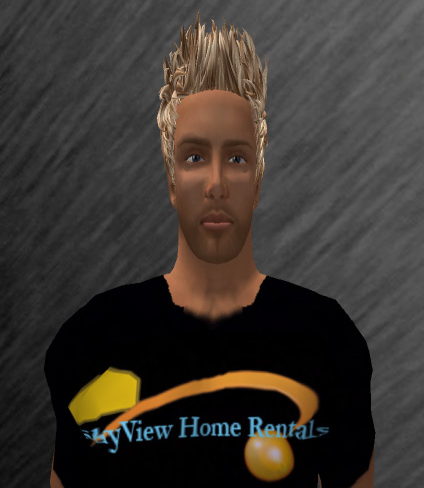
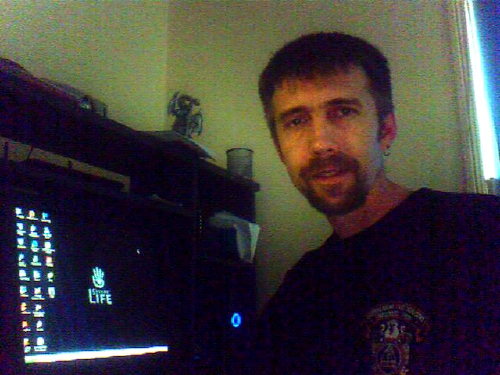
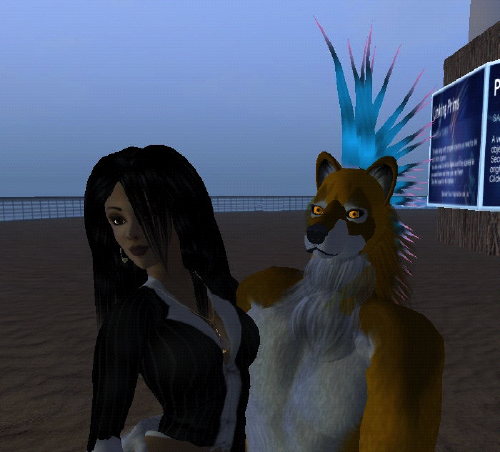
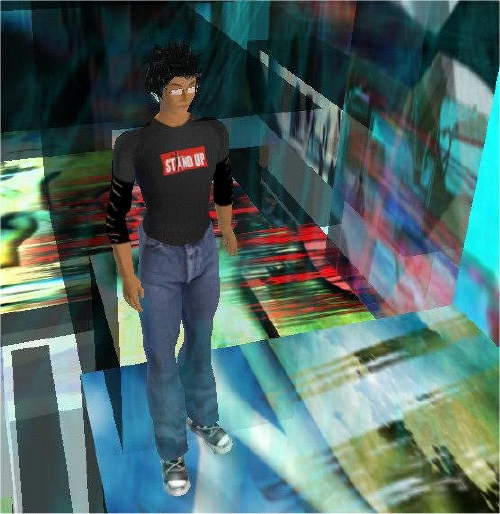
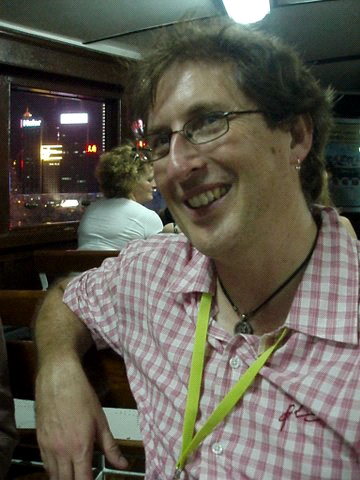
Recent Comments